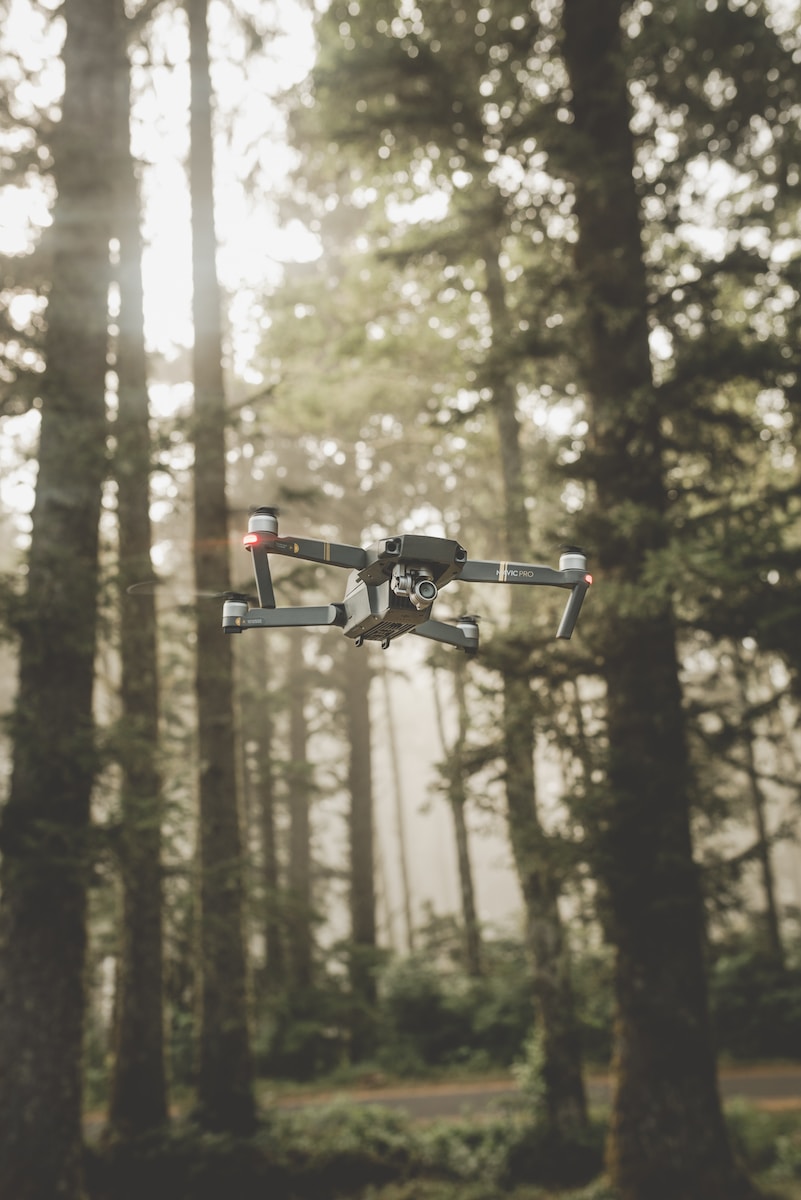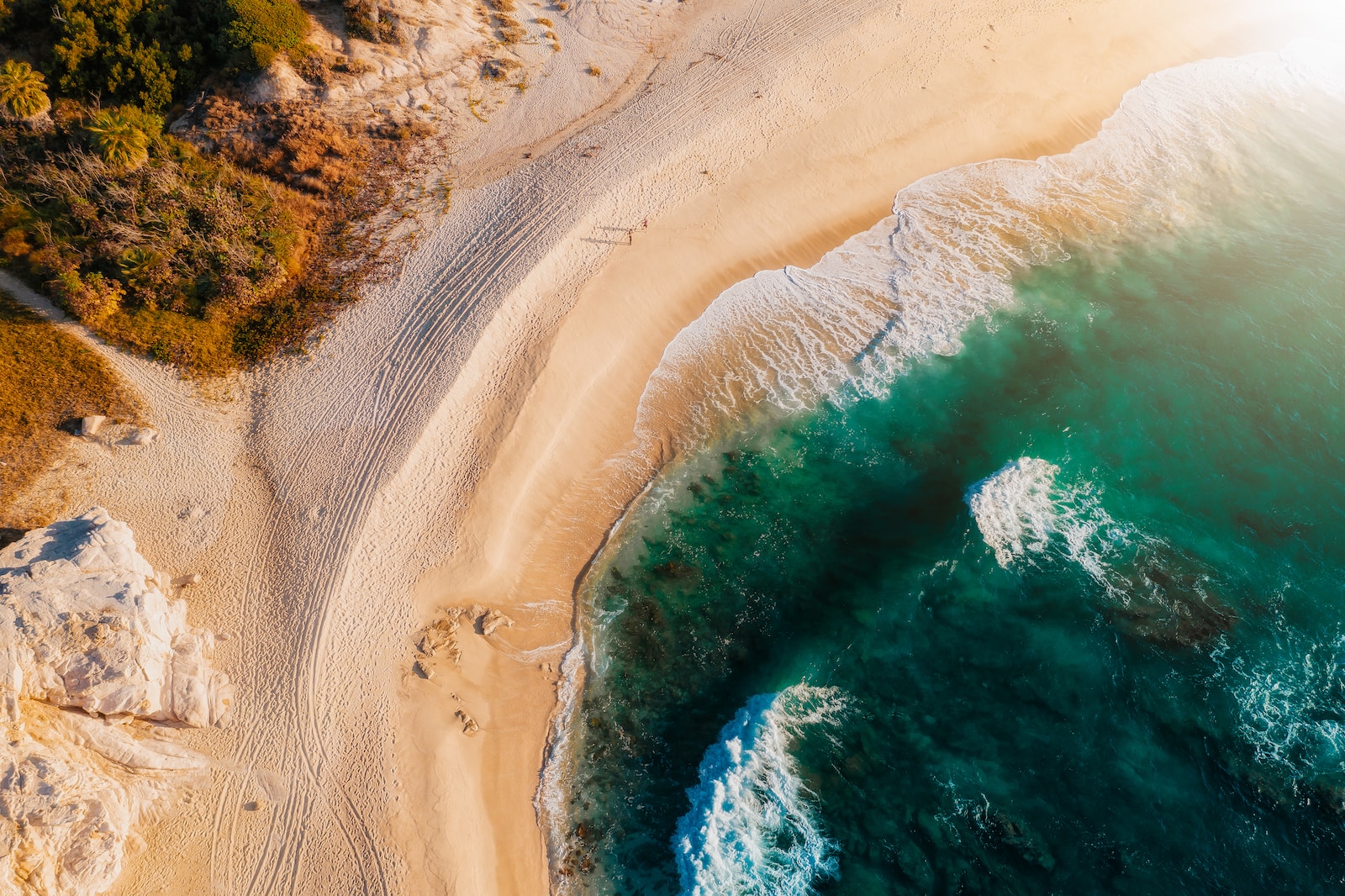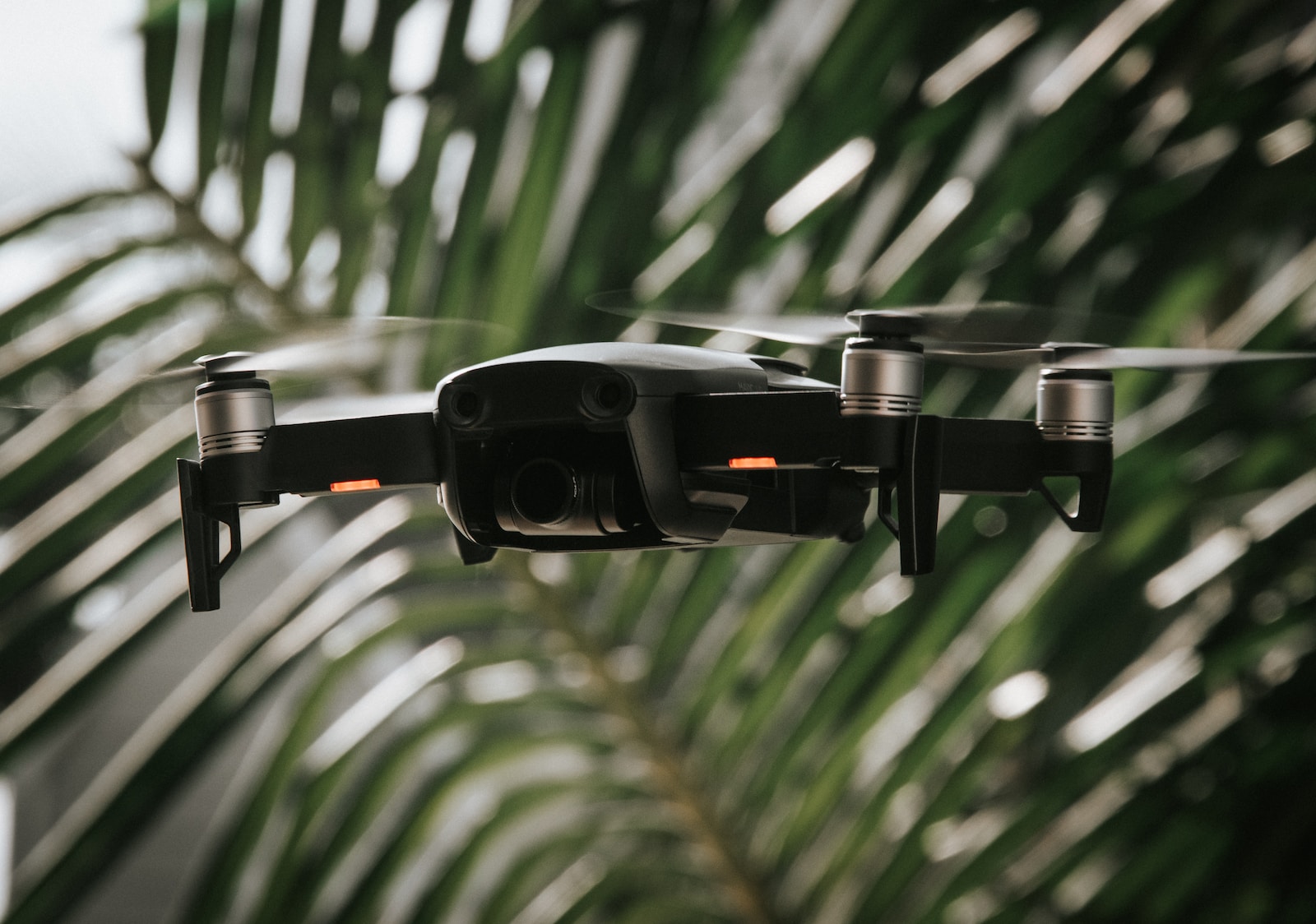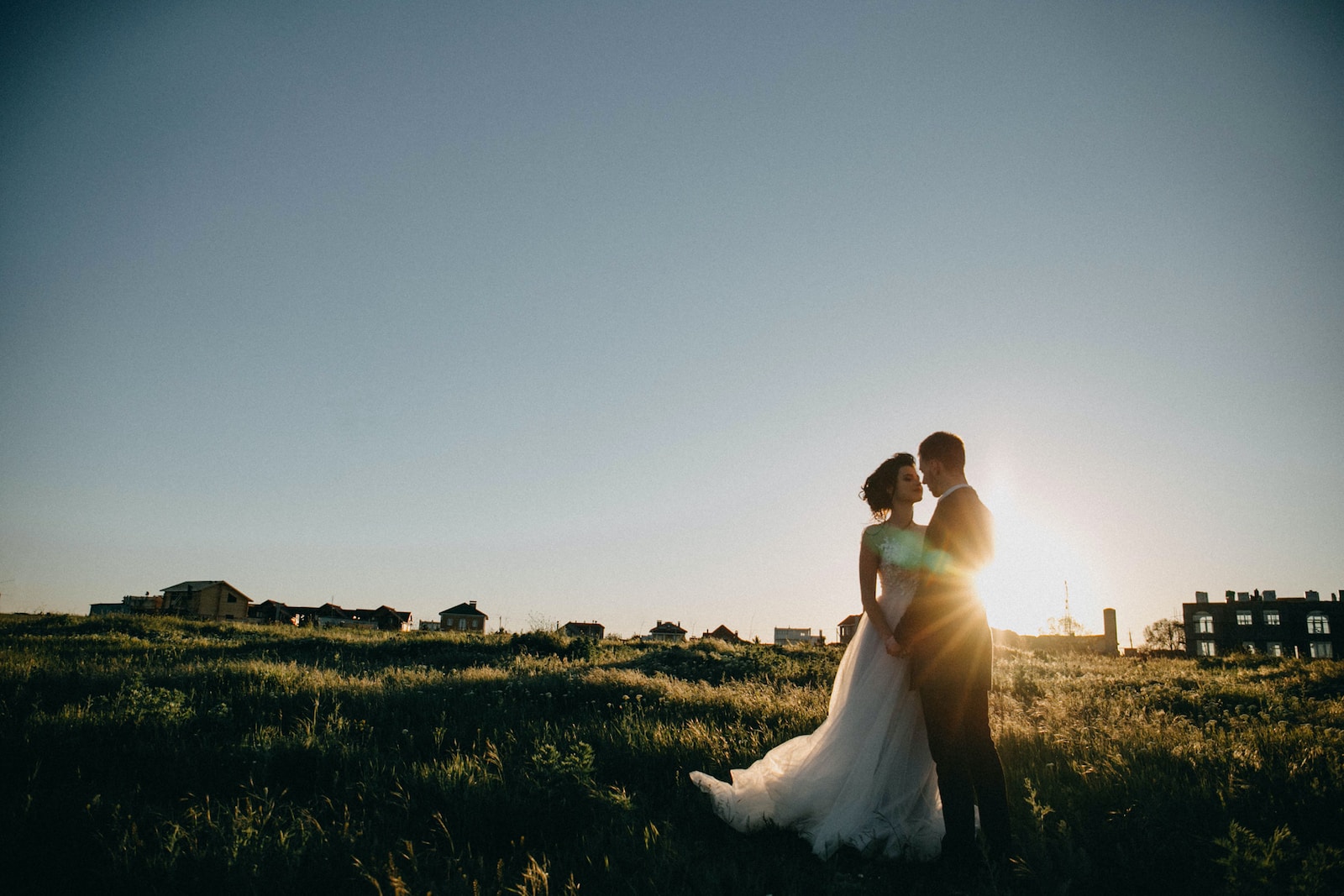Welcome to “Sky’s the Limit: Mastering Drone Photography”! If you’ve ever dreamed of capturing breathtaking images from a whole new perspective, then you’ve come to the right place. Whether you’re an experienced aerial photographer or just starting your journey, this blog is your ultimate guide to exploring the limitless possibilities of drone photography. Discover essential tips, techniques, and insider advice on how to utilize drones to their full potential, and unlock the key to unlocking stunning images from the sky.
Table of Contents
- Exploring the Majestic Landscape
- The Best Camera and Equipment for Drone Photography
- The Best Time and Vantage Points for Stunning Aerial Photography
- Frequently Asked Questions
- 1. What is drone photography?
- 2. How do I get started with drone photography?
- 3. What are the advantages of drone photography over traditional photography?
- 4. Can I use a drone for professional photography?
- 5. What camera settings should I use for drone photography?
- 6. Are there any specific techniques for capturing stunning drone photographs?
- 7. How can I ensure the safety of my drone while shooting?
- 8. Can I edit and enhance my drone photographs?
- 9. Where can I share my drone photographs?
- 10. How can I stay updated on the latest trends and techniques in drone photography?
- Wrap Up
Exploring the Majestic Landscape
When it comes to drone photography, the opportunities are truly limitless. There is something captivating about capturing the earth’s beauty from above, and with the right techniques and equipment, you can take your aerial photography to the next level. In this section, we will explore some of the most breathtaking landscapes that are perfect for drone photography, along with tips to make your images truly stand out.
The Serene Mountains
From the towering peaks to the winding valleys, mountains offer a spectacular backdrop for drone photography. The dynamic terrain, dramatic lighting, and changing weather patterns make each shot unique and awe-inspiring. To make your mountain images truly exceptional, try experimenting with different perspectives. Fly your drone close to the ground for a dramatic and immersive view or go higher up to capture the beauty of the entire range in a single frame. Additionally, using the rule of thirds can create a balanced composition, and capturing the leading lines of winding paths or rivers can add depth to your shots. Don’t forget to set your drone’s camera to capture the full range of details by adjusting the exposure bracketing settings to enhance the highlights and shadows.
The Enchanting Coastline
With its crashing waves, rugged cliffs, and stunning sunsets, the coastline provides endless possibilities for drone photography. To capture the essence of the seaside, try flying your drone at different altitudes. Higher altitudes can showcase the vastness of the ocean and highlight patterns formed by waves, while lower altitudes can emphasize the intricate details of coastal rocks and tide pools. Timing is also crucial when shooting along the coastline. Golden hour, the period shortly after sunrise or before sunset, bathes the landscape in warm and soft light, bringing out the natural beauty of the surroundings. Experimenting with long exposure shots can also add a touch of mystique to your coastal images, creating a dreamlike and ethereal atmosphere.
Did you know that drone photography has revolutionized the world of aerial photography, providing photographers with a unique perspective and endless creative possibilities?
The Best Camera and Equipment for Drone Photography
Drone photography opens up a whole new world of possibilities for capturing breathtaking images from a unique perspective. To ensure you achieve stunning results, it’s crucial to equip yourself with the right camera, lenses, and other essential equipment. In this section, we will explore the key factors to consider when choosing your gear and discuss some options that can take your drone photography to new heights – pun intended!
Choosing the Perfect Camera
When it comes to drone photography, your choice of camera plays a significant role in the quality of your images. Look for a camera that offers high resolution, excellent low-light performance, and the ability to shoot in RAW format. This will give you more flexibility during post-processing and help you capture more details in your aerial shots.
One option to consider is the Mirrorless camera. These cameras are lightweight, compact, and often have impressive image quality. They offer interchangeable lenses, allowing you to experiment with different focal lengths for varied compositions. Another popular choice is the DSLR camera, known for its versatility and wide range of lens options.
Essential Lenses for Drone Photography
Choosing the right lenses can greatly enhance the creative possibilities of your drone photography. Here are a few lens options to consider:
- Wide-angle lens: Ideal for capturing vast landscapes and expansive aerial shots with a broader perspective. It helps to create a sense of depth and add drama to your images.
- Telephoto lens: If you’re interested in capturing detailed shots from a distance, a telephoto lens with a longer focal length is a must. It allows you to zoom in on specific subjects and isolate them from their surroundings.
- Macro lens (micro photography): This lens option is perfect for capturing close-up shots of intricate details, such as flowers or small objects, adding a unique perspective to your aerial photography.
- ND Filters: Neutral Density filters are essential for managing light and controlling shutter speed during bright conditions. They allow you to achieve balanced exposures and capture smooth, cinematic footage.
Remember, the ideal lens choice depends on your specific creative vision and the style of photography you wish to pursue. Experiment with different lens options to expand your repertoire and always consider the characteristics of your shooting environment.
By investing in the right camera and lenses, you equip yourself with the tools to elevate your drone photography to astonishing new heights. Whether you opt for a mirror-less camera or a DSLR, and select wide-angle or telephoto lenses, your choice of equipment will ultimately shape your ability to capture stunning aerial images.
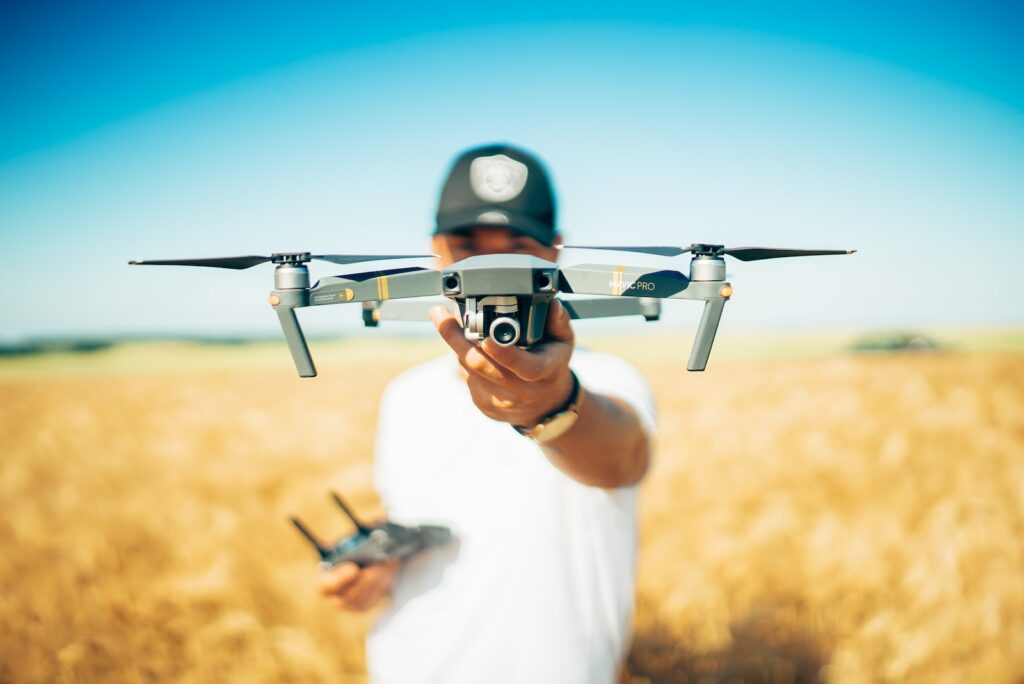
The Best Time and Vantage Points for Stunning Aerial Photography
Are you fascinated by the idea of capturing breathtaking images from the sky using a drone? Drone photography has opened up a whole new world of creative possibilities for photographers, allowing them to showcase their skills from a unique perspective. To help you master this art, we have compiled essential tips and techniques for taking stunning aerial photographs.
Timing is Everything: The Best Time of Year
When it comes to aerial photography, the time of year can greatly impact the outcome of your images. While drones can be flown year-round, certain seasons offer more favorable conditions and visually appealing landscapes.
Spring is an excellent choice for capturing vibrant colors as nature blossoms back to life. The fresh greenery, blooming flowers, and clear skies create a captivating canvas for your photographs.
Summer opens up opportunities for capturing stunning aerial shots of beaches, lakes, and mountains. The long days give you ample time to work with natural light, allowing you to experiment with composition and shadows.
Fall, with its vibrant foliage and changing colors, offers a unique and picturesque landscape. This season provides a perfect opportunity to capture the beauty of nature in transition, with gold and red hues transforming the scenery.
Winter can also provide mesmerizing views. Snow-covered landscapes can offer a serene and tranquil atmosphere that adds a touch of magic to your aerial images. However, be cautious of extreme weather conditions and fly your drone safely.
Finding the Ideal Vantage Points and Positions
Choosing the right vantage points is crucial for capturing impressive aerial photographs. Here are two options to consider, each offering its own benefits:
- High and Wide: By positioning your drone at a higher altitude, you can capture a broad expanse of scenery, providing a sense of scale and grandeur. This perspective is ideal for capturing vast landscapes, like mountains or coastlines. For example, imagine your drone hovering above a majestic mountain range. From this vantage point, you can capture the peaks, valleys, and winding rivers, immersing your viewers in the breathtaking beauty of nature all at once.
- Low and Close: Flying your drone at lower altitudes allows you to highlight intricate details and create a more intimate connection with your subject. This technique works exceptionally well for showcasing architectural features, waterfalls, or wildlife. Let’s say you want to capture a stunning waterfall. By positioning your drone close to the cascading water, you can freeze the motion and reveal the finest details of each droplet. This angle will evoke a sense of awe and allow your viewers to experience the power and beauty of nature up close.
Remember, mastering drone photography takes practice, patience, and a creative eye. Experiment with different vantage points and positions to discover your style and capture awe-inspiring images from the sky.
One helpful photography tip for drone enthusiasts is to always shoot in RAW format. This allows for greater flexibility in post-processing, as it preserves more image data than JPEG. With RAW files, you can adjust exposure, white balance, and other settings without losing quality. So, make sure to set your drone camera to capture RAW images for the best results.
Frequently Asked Questions
1. What is drone photography?
Drone photography is a technique that involves capturing images and videos from an aerial perspective using unmanned aerial vehicles (UAVs) or drones equipped with high-resolution cameras.
2. How do I get started with drone photography?
To get started with drone photography, you’ll need to purchase a drone equipped with a camera, understand the basic flying techniques, and familiarize yourself with the drone’s features and controls. Additionally, make sure to follow local regulations regarding drone usage.
3. What are the advantages of drone photography over traditional photography?
Drone photography offers unique advantages, such as the ability to capture breathtaking aerial perspectives, shoot from inaccessible locations, and create stunning panoramas. It allows photographers to unleash their creativity and capture images that were previously impossible or expensive to obtain.
4. Can I use a drone for professional photography?
Yes, drones are increasingly being used for professional photography purposes. Many industries, including real estate, architecture, tourism, and filmmaking, utilize drone photography to showcase their products or services from a captivating aerial view.
5. What camera settings should I use for drone photography?
When shooting with a drone, it’s important to set the camera to its highest resolution and shoot in RAW format for better post-processing flexibility. Adjust the ISO, aperture, and shutter speed based on the lighting conditions and desired effect of your shot.
6. Are there any specific techniques for capturing stunning drone photographs?
Yes, there are several techniques that can help you capture breathtaking drone photographs. Experiment with different compositions, angles, and perspectives. Utilize the rule of thirds to create balanced and visually appealing shots. Also, practice smooth and controlled movements to avoid jerky footage.
7. How can I ensure the safety of my drone while shooting?
Prioritize safety when operating your drone. Always fly within legal limits, avoid restricted areas, and maintain visual line of sight with your drone. Regularly calibrate your drone’s compass and propellers, and ensure the battery is fully charged before each flight. Lastly, consider purchasing drone insurance for added protection.
8. Can I edit and enhance my drone photographs?
Absolutely! Post-processing is an essential part of drone photography. Use professional editing software to enhance colors, adjust exposure levels, and fine-tune your images. However, remember to maintain a natural look and avoid over-editing.
There are numerous platforms where you can share your drone photographs. Consider social media websites like Instagram, Facebook, or Flickr to showcase your work. You can also participate in online communities and photography forums to connect with other drone enthusiasts and gain exposure.
10. How can I stay updated on the latest trends and techniques in drone photography?
To stay informed about the latest trends and techniques in drone photography, follow industry leaders and influencers on social media platforms. Join photography groups or attend workshops and conferences dedicated to aerial photography. Additionally, regularly engage with the drone photography community to gain insights and learn from others.
Wrap Up
Drone photography offers a unique perspective that can elevate your images to new heights. By mastering the use of drones, aerial photography becomes an exciting and accessible avenue for capturing breathtaking photos.
Remember to always prioritize safety, follow local regulations, and practice responsible flying. With the right equipment, knowledge, and creativity, you can unlock a world of possibilities and create stunning images that leave a lasting impression.
Are you ready to take your photography to new heights? Share your thoughts, experiences, and any questions you may have in the comments below. Let’s engage and inspire each other to reach for the sky!
